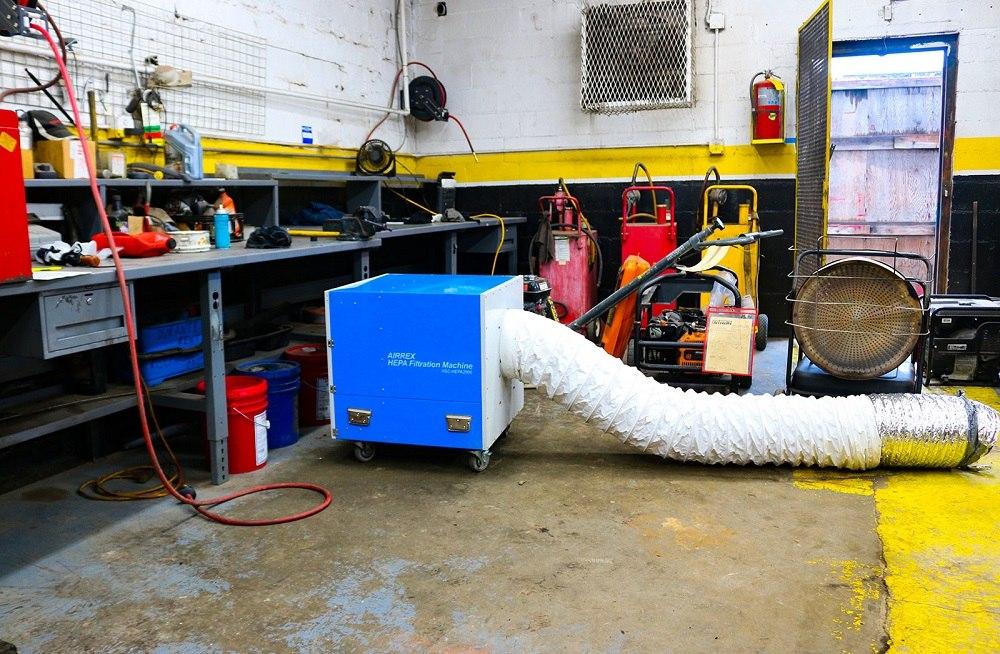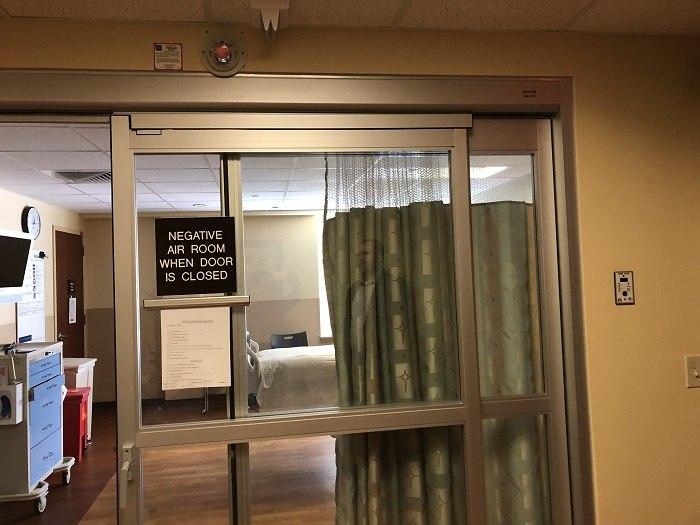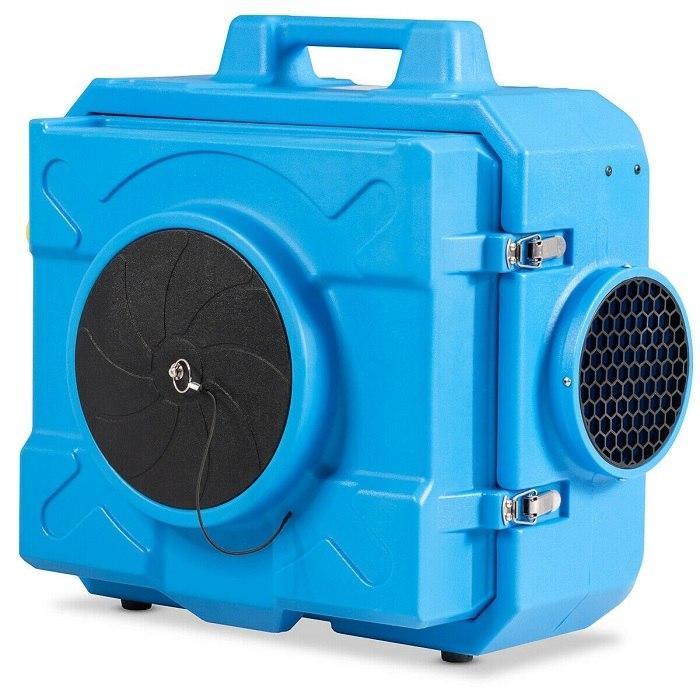Creating a negative air pressure in the environment is essential to ensure the removal of all the potentially dangerous air particles. But what is negative air pressure and how does it work? Linquip team has gathered a comprehensive guide on the concept of negative air pressure. The following article answers all your questions on “what is negative air pressure” what are its uses, working principle, potential advantages, and disadvantages and how it is different from the positive air pressure.
What is Negative Air Pressure?
Negative air pressure is a safe containment solution in which more air is taken in than being exhausted.
The negative air pressure of the environment does not mean that the actual pressure is negative because, according to science, absolute pressure can never reach below zero. By negative air pressure we mean the pressure inside an environment is less than the pressure of its surroundings. Since air flows from high pressure to low pressure, this difference in the level of pressure acts as a vacuum effect and causes the air to flow in from the outside.
Now that we discussed what happens in a negative air pressure environment, let’s take a look at how negative air machines function and move one step closer to the answer to our main question, “what is negative air pressure”?
How does Negative Air Machines Work?
A negative air machine produces a vacuum effect or an inward airflow direction in space by creating and maintaining the difference in the air pressure. By doing so, it restricts the spread of pollutants like dust and mold and contaminants like bacteria and viruses from the controlled space to the outside.
Such a machine traps the hazardous and infected particles in the air and removes them using a blower and a group of filters.
Different Components of a Negative Air Machine
Negative air machines consist of a number of filters and a blower.
-
Filters
- Pre-filters that perform the first stage of filtration and capture the large particles,
- Medium filters or 2nd-stage filters, the optional components that can be used to trap the contaminants in the air and safeguard the carbon filter,
- Carbon filter as another optional component that uses a bed of activated carbon to trap gaseous pollutants and odors in the air through chemical adsorption, and
- Primary Filter (HEPA Filter) that performs the final stage of filtration by capturing the smallest of particles like dust and bacteria.
-
Blower
In addition to filters, a negative air machine consists of a blower as well. This component’s mission is to carry the air through filters and exhaust it out of the system. The blower ensures the efficiency of the machine and slows down the clogging of filters.
It is important to know that in order to achieve proper containment using these machines, two conditions should be met: first, the target area should be completely sealed in order to prevent unwanted air leakage. Second, the pressure differential between the target area and the adjacent space should be permanently monitored using electronic devices like manometers.
Usage
To answer “what is negative air pressure”, it’s essential to be familiar with its uses.
The inward airflow direction created by the negative air machine can be used in certain environments, like healthcare facilities, that need to be free of contaminants. These machines are mainly used in the isolation rooms at hospitals to trap the airborne inside and protect patients and staff from pathogens. Pathology labs do likewise for the same reason.
Negative air machines can also be used in the kitchen and restaurants to keep the smoke and bad odor away from the outside spaces.
Swimming pools, factories, commercial buildings, job sites, large warehouses, and construction sites are among other domains in which this containment solution can be used.
Advantages of Negative Air Pressure
Using negative air machines is a reliable and effective containment method. These devices save time and money and can put up with constant use in long and large commercial projects.
Disadvantages of Negative Air Pressure
Too much negative air pressure in a house can increase energy costs by drawing in the hot air in winter and cold air in warm seasons. It can also lead to dry indoor air that can result in dry skin, itchy eyes, and nose bleeding. Moreover, even the smallest negative air machines are too heavy and super bulky to be used in a working site.
Negative Air Pressure vs. Positive Air Pressure
Positive air pressure occurs when the inner pressure of a target area is higher than the pressure outside. So while in the case of negative air pressure the more air is being taken in than exhausted, in a positive air pressure environment more amount of clean filtered air is pumped in than out.
In the case of medical facilities, positive pressure rooms are used for patients with a weakened immune system, whereas negative pressure rooms are used for patients with infectious diseases. This quality makes negative pressure rooms a popular choice for the patients infected with the Covid-19 as countries are still struggling with this global health crisis.
Conclusion
To answer what is negative air pressure, we started this article by defining the basic definition and principles and moved on to describe what a negative air machine does and how it works. As explained before, a negative air machine is an essential tool to ensure the proper containment of pollutants and contaminants in the air.
To dig deeper into the subject, we listed a number of applications for the negative air pressure method including in medical facilities, restaurants, and construction sites.
In the final sections of this article, the pros and cons of using negative air machines are investigated and the differences between positive air pressure and negative air pressure are discussed.
If you have any information and personal experiences regarding the negative air pressure and its equipment, please share them with us. And if you need more information on “what is negative air pressure” you can always consult our experts at Linquip. All you need to do is to sign up.
Buy Equipment or Ask for a Service
By using Linquip RFQ Service, you can expect to receive quotations from various suppliers across multiple industries and regions.
Click Here to Request a Quotation From Suppliers and Service Providers
Read More on Linquip
- What is Air Pollution? All You Need to Know
- Do you know the main types of Scrubber?
- Scrubber system: a must-read for eco-friendly companies!
- Dry scrubbers: a brief review of everything you need to know about them





